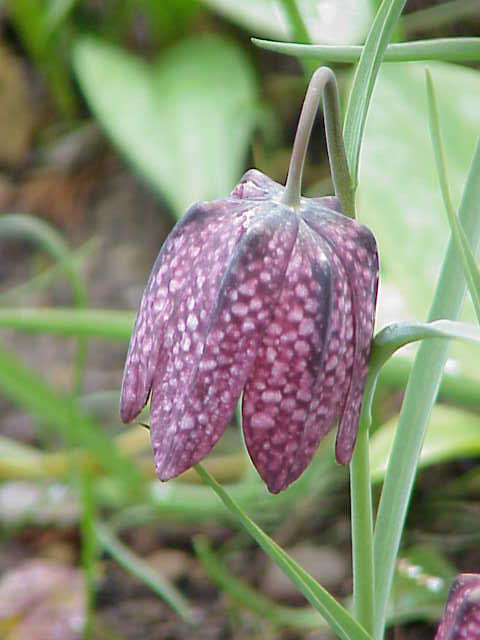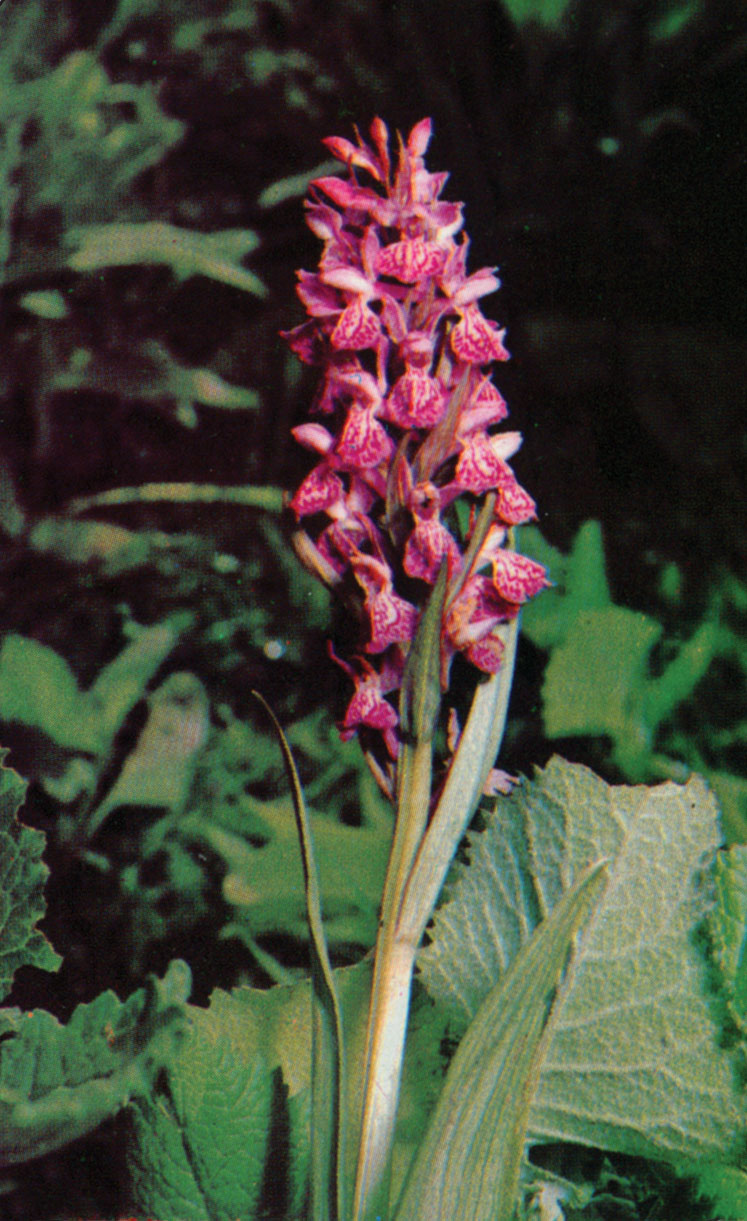A recent assessment resulted in the addition of three medicinal plant species from the Himalayas to the IUCN Red List of Threatened Species.
Species assessed-
Meizotropis pellita : ‘Critically Endangered’
Fritilloria cirrhosa : ‘Vulnerable’
Dactylorhiza hatagirea : ‘Endangered’
(1) Meizotropis pellita
- Commonly referred to as “Patwa,” this perennial shrub is indigenous to Uttarakhand and has a small geographic range.
- Due of the species’ small range, it is considered “critically endangered” (less than 10 sq. km)
- Deforestation, habitat fragmentation, and forest fires pose threats to the species.
- Strong antioxidants are present in the species’ essential oil, which makes it a potential natural replacement for synthetic antioxidants in the pharmaceutical industry.
(2) Fritillaria cirrhosa

- A perennial herb with bulbous leaves, it is also known as Himalayan fritillary.
- It is plausible to assume that during the assessment period, its population decreased by at least 30%. (22 to 26 years).
- The species is classified as “vulnerable” because to its rapid rate of decline, lengthy generation duration, limited germination potential, high trade value, heavy harvesting pressure, and illegal trafficking.
- The species is used to cure pneumonia and bronchial conditions in China.
- In conventional Chinese medicine, the herb is also a powerful expectorant and cough suppressant.
(3) Dactylorhiza hatagirea

- It is threatened by habitat loss, livestock grazing, deforestation, and climate change. It is also known as Salampanja.
- It is often used to treat dysentery, gastritis, persistent fever, cough, and stomach aches in Ayurveda, Siddha, Unani, and other complementary medical systems.
- The Hindu Kush and Himalayan peaks in Afghanistan, Bhutan, China, India, Nepal, and Pakistan are home to this perennial tuberous species.
·
IUCN Red List
- The IUCN Red List of Threatened Species, which was established in 1964, has developed into the most thorough inventory of the condition of biological species’ global conservation.
- It assesses the risk of extinction for thousands of species and subspecies using a set of criteria.
- Countries or organisations create a number of Regional Red Lists that evaluate the risk of extinction for species within a given political control unit.
- Every species’ categorization should be reevaluated by the IUCN at least once every ten years and preferably every five.
- The key resource for plants is the 1997 Red List.
- The formally stated goals of the Red List are- to provide scientifically based information on the status of species and subspecies at a global level, \sto draw attention to the magnitude and importance of threatened biodiversity, \sto influence national and international policy and decision-making, and \sto provide information to guide actions to conserve biological diversity.
Red List Categories of IUCN
The IUCN Red List divides species into nine groups based on factors like rate of extinction, population size, geographic distribution area, and degree of population and distribution fragmentation. As follows:
- Extinct (EX) signifies the absence of a species from the planet without a shadow of a doubt.
- Extinct in the wild (EW) refers to a species that, according to extensive surveys, only exists in zoos, greenhouses, and/or areas outside of its natural habitat.
- Critically endangered (CR) means that an organism is in a particularly dire situation.
- Endangered (EN) – poses an extremely high risk of going extinct in the wild and satisfies any of the criteria listed under A through E.
- Given that it satisfies one of the five red list criteria, an organism is considered vulnerable (VU) if no additional human intervention is made to prevent its unnatural (human-caused) extinction.
- Near threatened (NT) species are in imminent danger of going extinct.
- Least concern (LC): Not expected to go extinct anytime soon.
- data lacking (DD)
- Not assessed (NE)
